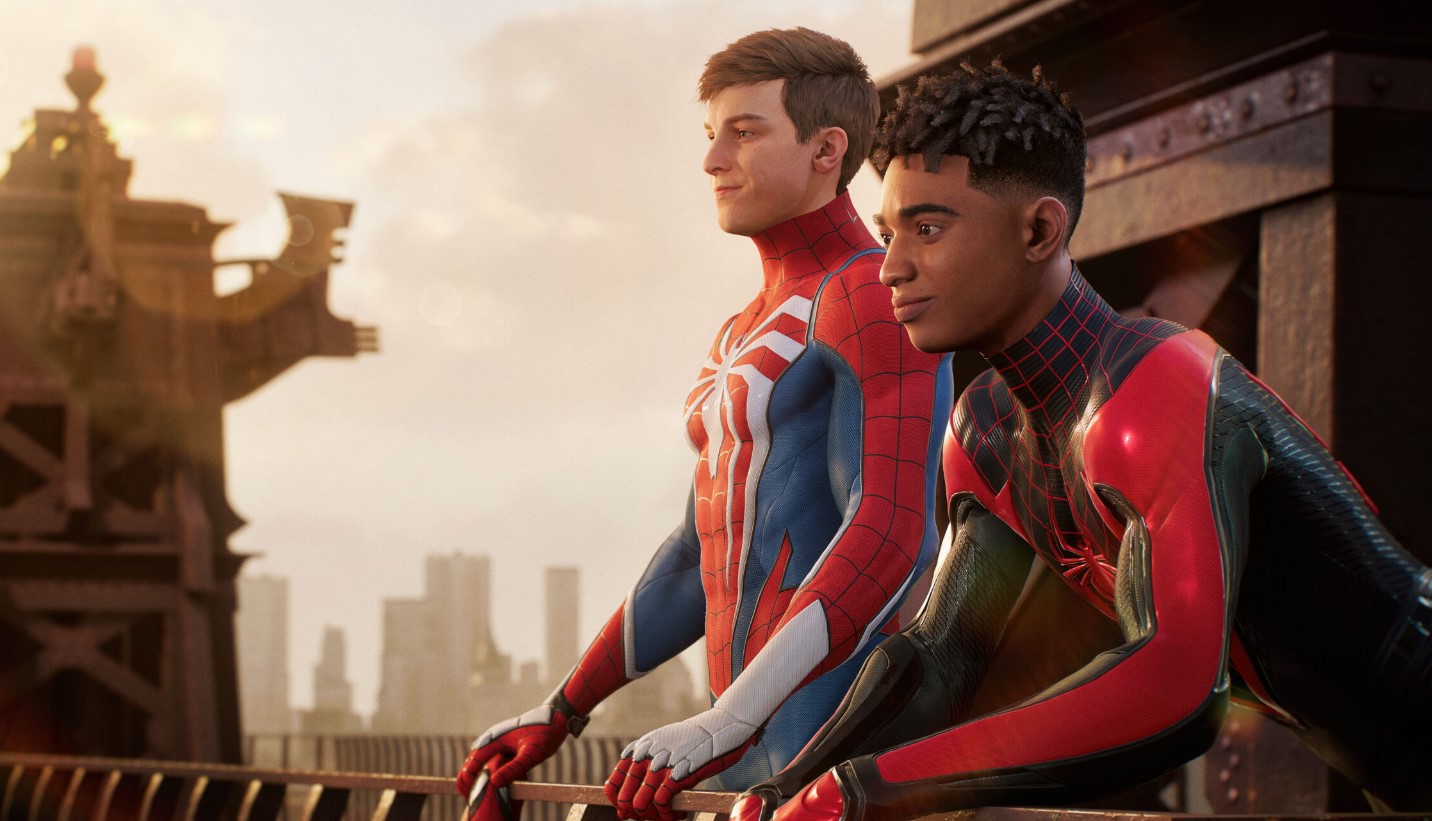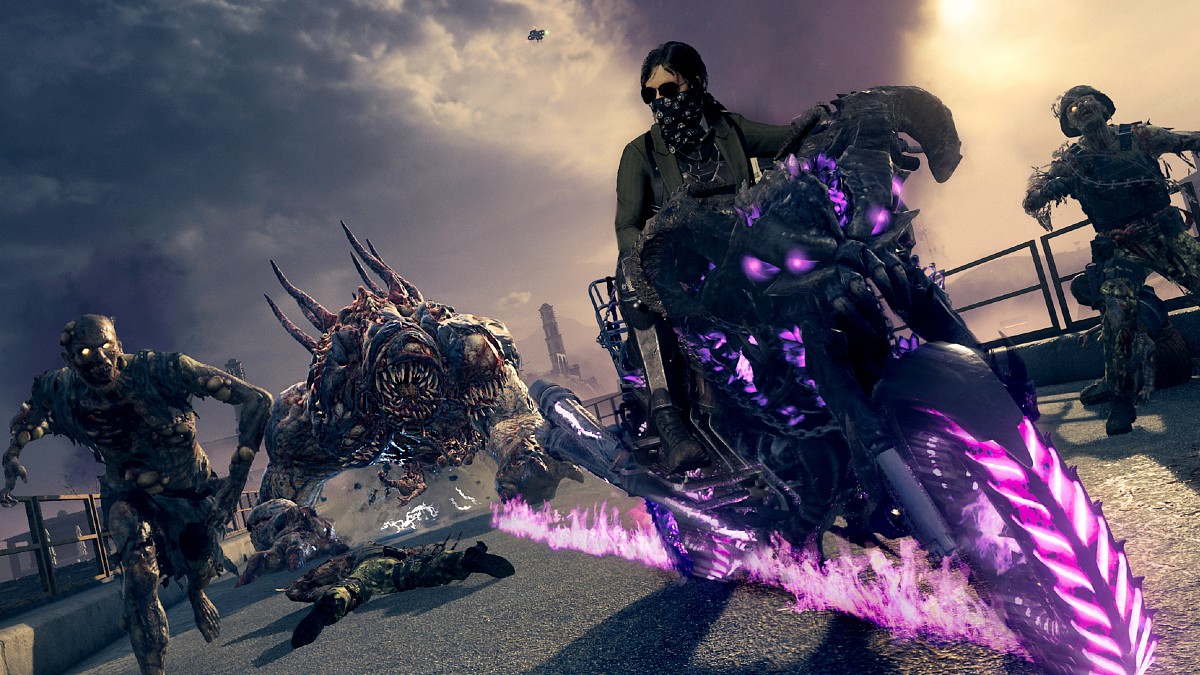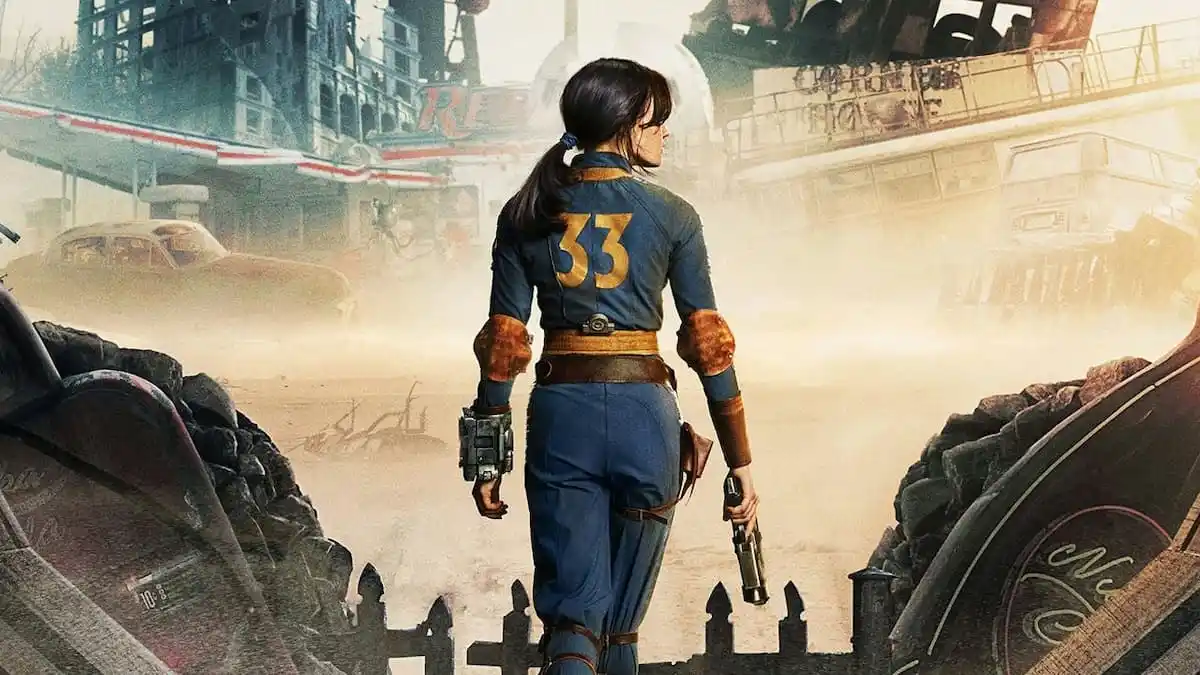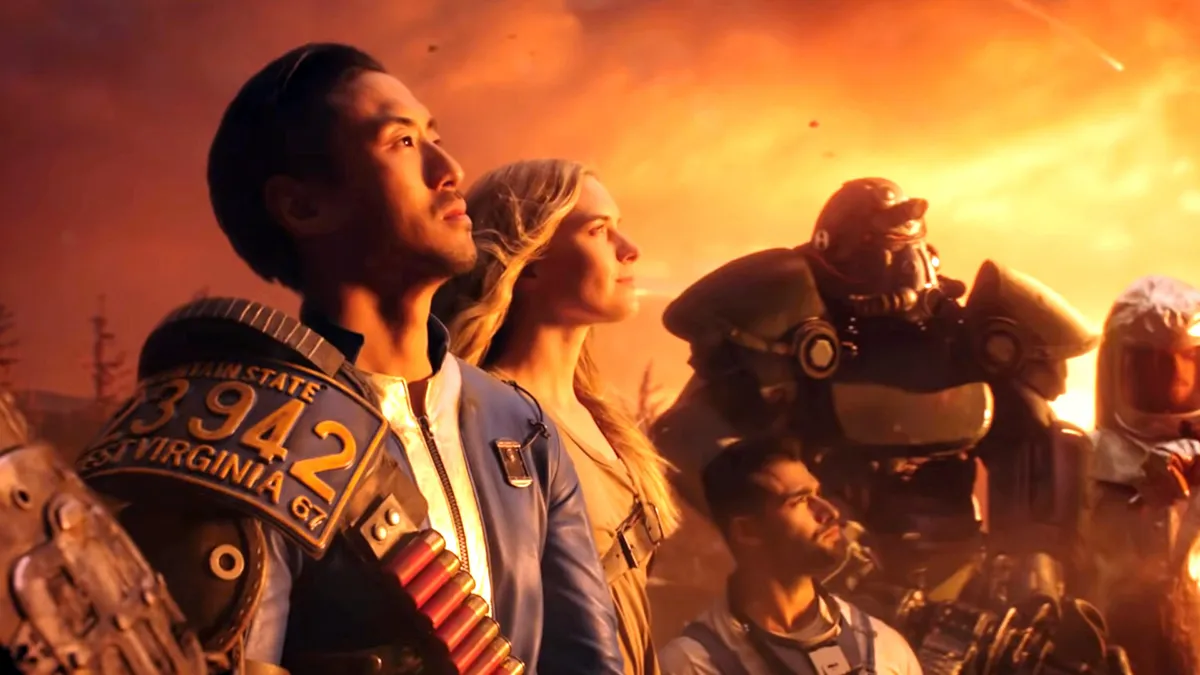Warning: The following article on how Marvel’s Spider-Man 2 allows time to progress for its mostly static comic book characters contains spoilers for the Insomniac game.
It begins with a ticking clock. Insomniac’s Spider-Man 2 opens with a teaser focusing on Harry Osborn (Graham Phillips), who is having a nightmare while trapped inside his recuperation tank. Harry had been diagnosed with a terminal illness, the same disease that killed his mother.
The metaphor becomes literal in the next scene, which introduces the game’s twin protagonists, Peter Parker (Yuri Lowenthal) and Miles Morales (Nadji Jeter). It’s Peter’s first day as a teacher at the prestigious Brooklyn Visions Academy. The cutscene begins with a clock, the second hand ticking towards the start of the school day. That ticking clock is a reminder that – even with two Spider-Men – there is never enough time for everything. However, it also ties into the game’s deeper themes.
In Spider-Man 2, the characters are perpetually caught in a tug of war between the past and the future. Everything is changing. Nothing is constant. The development team have talked about wanting to create a sense of “cause and effect” within the world of the game, where actions within the story have lasting consequences. Spider-Man 2 is not interested in what Stan Lee famously termed “the illusion of change.” It is actively interested in the idea of time’s inexorable progression.
After all, modern American comic books are defined by a perpetual status quo. Nothing can ever permanently change. Even characters like Bucky Barnes eventually return from the dead. Superheroes can change, but the iconic ones often change back quite quickly. The character of Spider-Man is an interesting example of this; an illustration of the push-and-pull tendencies within mainstream comic book publishing.
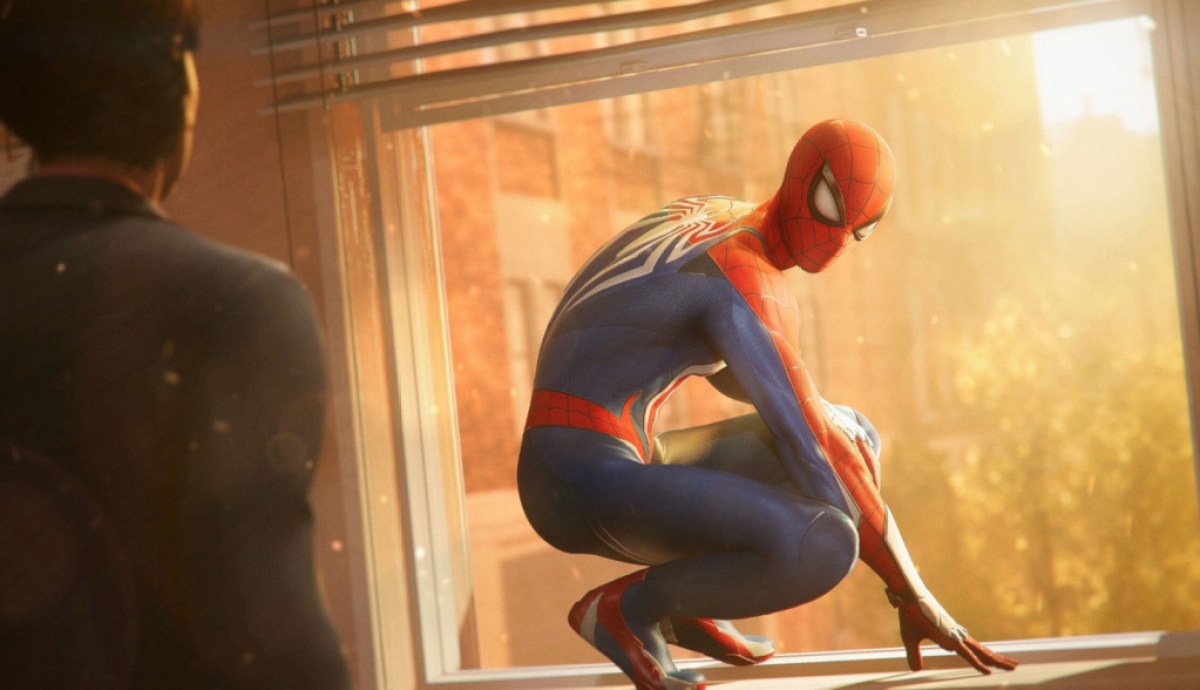
In his early years, Peter Parker was allowed to change and grow. Stan Lee and Steve Ditko’s original run didn’t unfold in real time, but it did allow the character to graduate high school and attend college. The transition from artist Steve Ditko to John Romita saw a shift from Peter’s love interest Gwen Stacy to Mary Jane Watson, but there came a point where the character seemed to freeze as a platonic ideal. There was a template established, to which the character would regularly revert.
Over the years, Peter could make serious life changes. J. Michael Straczynski’s run is a great example. Peter had married Mary Jane and held a variety of new jobs, even working as a teacher. He moved into Avengers Tower and revealed his superhero identity to the world. Aunt May died. However, whenever the character deviated too far from the established template, an editorial mandate would reset the character back to that default model. Spider-Man sold his marriage to the devil.
Spider-Man 2 seems to play with this idea. Many of the characters within Spider-Man 2 face that ticking clock in a very literal sense. Howard (Dave Fennoy), the pigeon owner who appeared in both Spider-Man and Marvel’s Spider-Man: Miles Morales, passes away during one side mission. Another side mission finds Spider-Man asked to track down a lost and confused old man suffering from dementia, a quest that ends with Spider-Man sitting on a park bench and listening to stories about this stranger’s lost youth.
The thread is more obvious with the game’s twin antagonists. Kraven the Hunter (Jim Pirri) has been given a terminal diagnosis, and decides to face death on his own terms by stalking prey that he deems worthy of his attention. Over the course of the game, Kraven murders established villains like Scorpion (Jason Spisak), Shocker (Dave B. Mitchell), or Vulture (Dwight Schultz). Kraven wants to die on his feet, and so this hunt is a lavish funeral ritual.
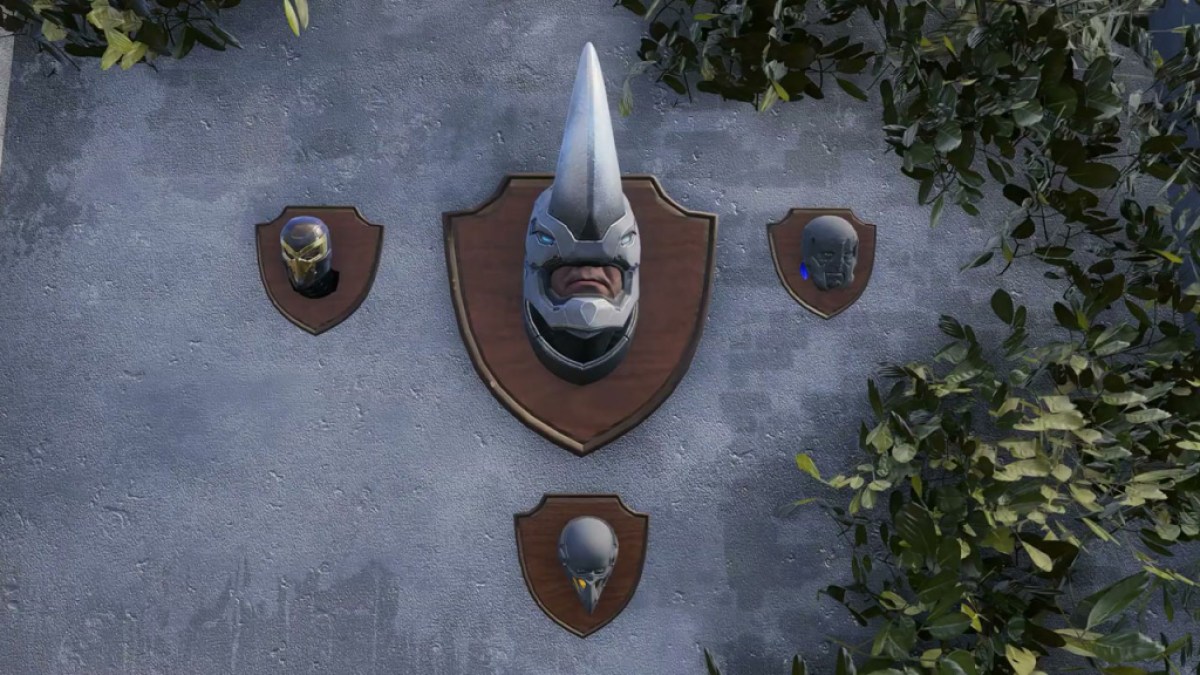
This carries across into the game’s ultimate antagonist, Venom (Tony Todd). The alien symbiote is bonded to Harry Osborn as a way to keep him alive. It restores Harry’s strength and imbues him with superpowers. However, this turns out to be an unnatural bargain. Harry’s refusal to confront his own mortality eventually puts New York itself at risk. Like Kraven’s insistence on a glorious hunt, Harry’s unwillingness to accept the inevitability of death creates a monster.
Both Peter and Miles are faced with the challenges of confronting the past and embracing the future. It manifests in different ways for each of them. Both Peter and Miles are working through similar issues — the death of a parental figure. Peter is mourning the loss of his beloved Aunt May (Nancy Linari), while Miles is haunted by the death of his father Jefferson Davis (Russell Richardson). Each of the two leads faces a question about how best to go on with their lives.
Peter’s story is more overtly nostalgic. It is populated with flashbacks, which are immersive and playable missions. He is struggling to tidy away May’s things, and recalls early conversations with her. He remembers sneaking through high school with Harry as a teenager or riding his bicycle through New York City to meet with J. Jonah Jameson (Darin De Paul). Peter often seems fixated on how things were, and some unspoken belief that he can hold on to that past if he tries hard enough.
This is also reflected in the game’s structure. Peter’s storyline is saturated with Spider-Man nostalgia. The bulk of his plot is a hybridization of two of the most popular and beloved Spider-Man stories of the 1980s: Kraven’s Last Hunt and The Alien Costume Saga. These are stories that are instantly recognizable. Kraven’s Last Hunt is often mentioned in the context of other iconic late 1980s comics like The Killing Joke or Watchmen. The Alien Costume Saga has been adapted in live action and animation.
Even the elements outside these big story beats will be familiar to fans who have grown up on Sony’s Spider-Man movies. At one point, Harry observes his father Norman (Mark Rolston) embracing Peter as a substitute son, recalling some of the dynamic in Sam Raimi’s Spider-Man. The game is built around Harry’s reentry into Peter’s life, ending with Harry being driven insane by an attempt to cure a degenerative illness, evoking the character’s arc in Marc Webb’s The Amazing Spider-Man 2.
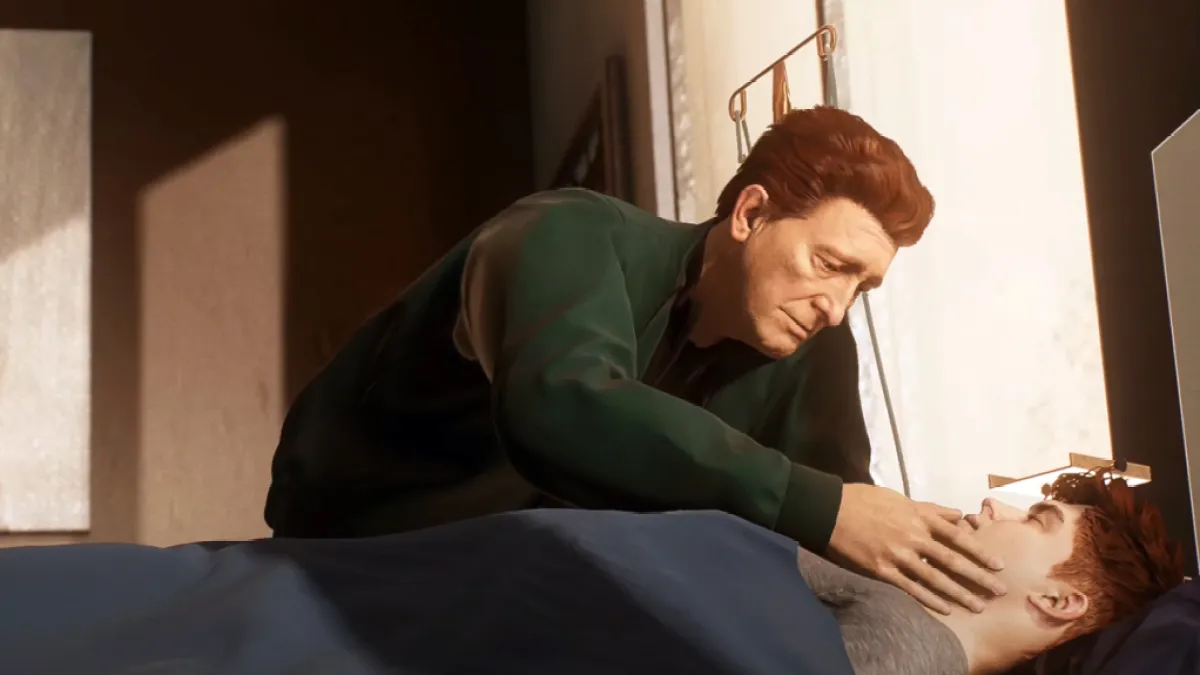
In contrast, Miles is less beholden to what came before. Miles obviously mourns his father, but he is not quite as stuck in the past as Peter. At one point in the game, he visits Jefferson’s grave looking for advice, but the scene does not set up a playable flashback. Jefferson is dead. Miles needs to move on. Jefferson himself only briefly appears in a vision controlled by the sinister Martin Li (Stephen Oyoung). Miles’ mother, Rio (Jacqueline Pinol), has even begun dating again, slowly moving on.
Of course, a significant portion of Miles’ plot in Spider-Man 2 is built around his pursuit of Li, the man who killed his father. Ultimately, there is never any real sense that Miles is going to kill Li. Miles openly acknowledges that he’ll never be able to forgive Li for what he has done, but the two work together to save Peter (and the city) from the symbiote. It should be noted that this relationship between Miles and Li is not based on any pre-existing comic book plot. It is all new to the game.
This is the thing about Miles Morales. Although the hero has appeared in all three of Insomniac’s Spider-Man video games and starred in two animated Spider-Verse movies, Miles is a relatively new creation. He doesn’t have the same history or baggage as Peter. He was only introduced in the comics in August 2011. For many superhero fans, he is something of a blank slate. Whereas Peter has an established template, Miles’ most iconic and defining stories are yet to be written.
Just as with Peter’s storyline, there is a strong recurring emphasis on history and heritage within the various Miles-centric side quests. In particular, Miles’ missions are very interested in pop art, in the idea of taking something that already has an established history or context and then layering a fresh perspective on top of it to create something new and novel. While Peter struggles to let go of the past, Miles uses the past as a launchpad to swing towards the future.
Miles’ love interest, Hailey, is an artist whose work “juxtaposes Black History and Black Futurism.” One side mission finds Hailey interacting with a frustrated graffiti artist who keeps crossing out her own work because “it sucks.” In contrast, Hailey suggests that this artist’s problem is an unwillingness to move forward, fixating on past mistakes. “You just need to stop turning back,” Hailey tells her. The two work together to create a beautiful mural, transforming ugly scribbles into meaningful art.
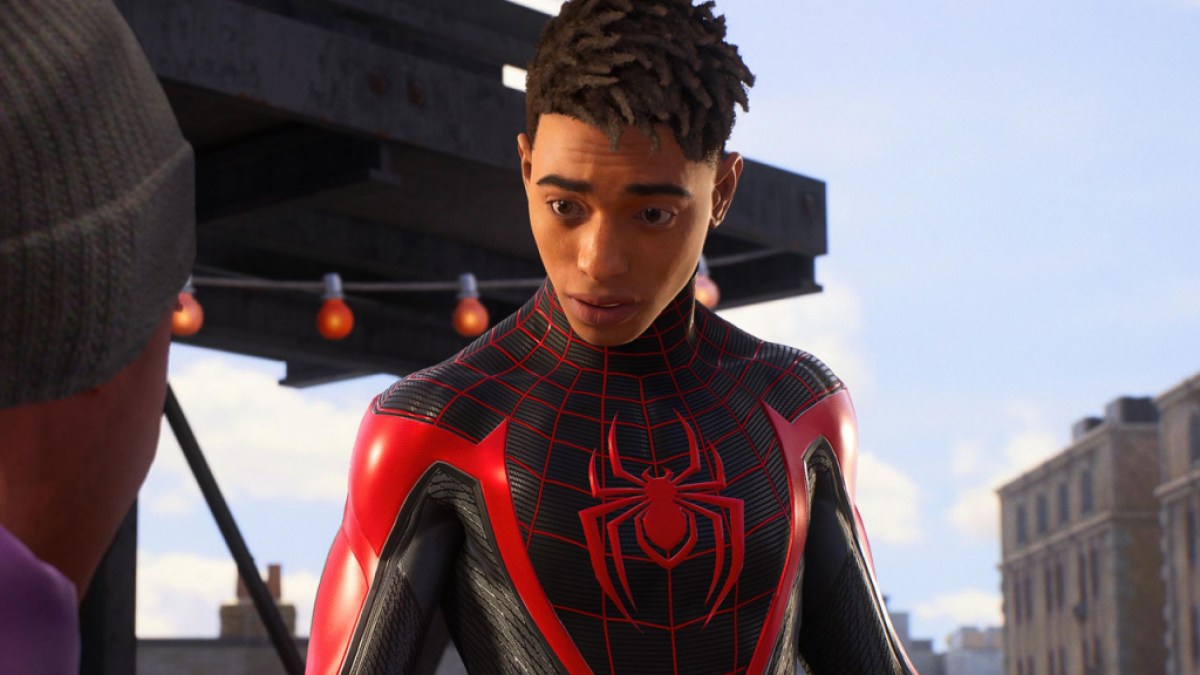
Miles spends a significant amount of time in Harlem, reclaiming lost artifacts for the district’s cultural museum. He recovers instruments that belonged to legendary artists like Clyde Stubblefield or Charlie Parker. “Do you know how often he was sampled?” asks the museum director, Angela, about Stubblefield. “He was so influential, a direct line from funk to hip-hop…” Music store owner Eugene explains that bebop flows directly into modern music. It’s all one shared continuity, just evolving.
There is an extent to which Miles is doing something similar with the concept of Spider-Man. He is taking a familiar template and setup, but adopting a new approach to it. This is a theme common to many Miles Morales stories, including Across the Spider-Verse, which builds to Miles’ (Shameik Moore) moment of clarity, “Imma do my own thing.” Miles is remixing the concept of Spider-Man, adding something new and exciting to the mix. It is an evolution.
Miles’ missions aren’t just distractions from Peter’s remixes of Kraven’s Last Hunt or The Alien Costume Saga. They are an essential thematic counterbalance. They suggest where Spider-Man 2 must ultimately end. At the climax of the story, Miles joins Peter wearing a new costume. “It’s time for a Miles Morales original, y’know,” he tells Peter. Although the suit has been controversial, it is Miles’ own. At that point, Peter defers to Miles. “What’s the play coach?” Peter asks the younger hero.
At the end of Spider-Man 2, Peter has finally let go of the past. He has donated much of May’s clutter. He has received a gift from Harry, a relic of their failed Emily May Foundation that offers a glimpse of a potential utopian future. Crucially, Peter has given up being Spider-Man. He has handed the mantle over to Miles. Miles is no longer just a Spider-Man, he is the Spider-Man. Of course, it seems inevitable that Peter will suit up again in the game’s sequel, but that closing beat feels perfect.
The game even ends with Mary Jane (Laura Bailey) launching a podcast pointedly called The New Normal, a term that evokes the dramatic social and political shifts of the past decade. The future can be challenging and scary, but there’s no running from it. Spider-Man 2 is a video game about how nobody can stop the clock from ticking, that the times are a-changin’, but also an acknowledgement that this is not necessarily a bad thing.

